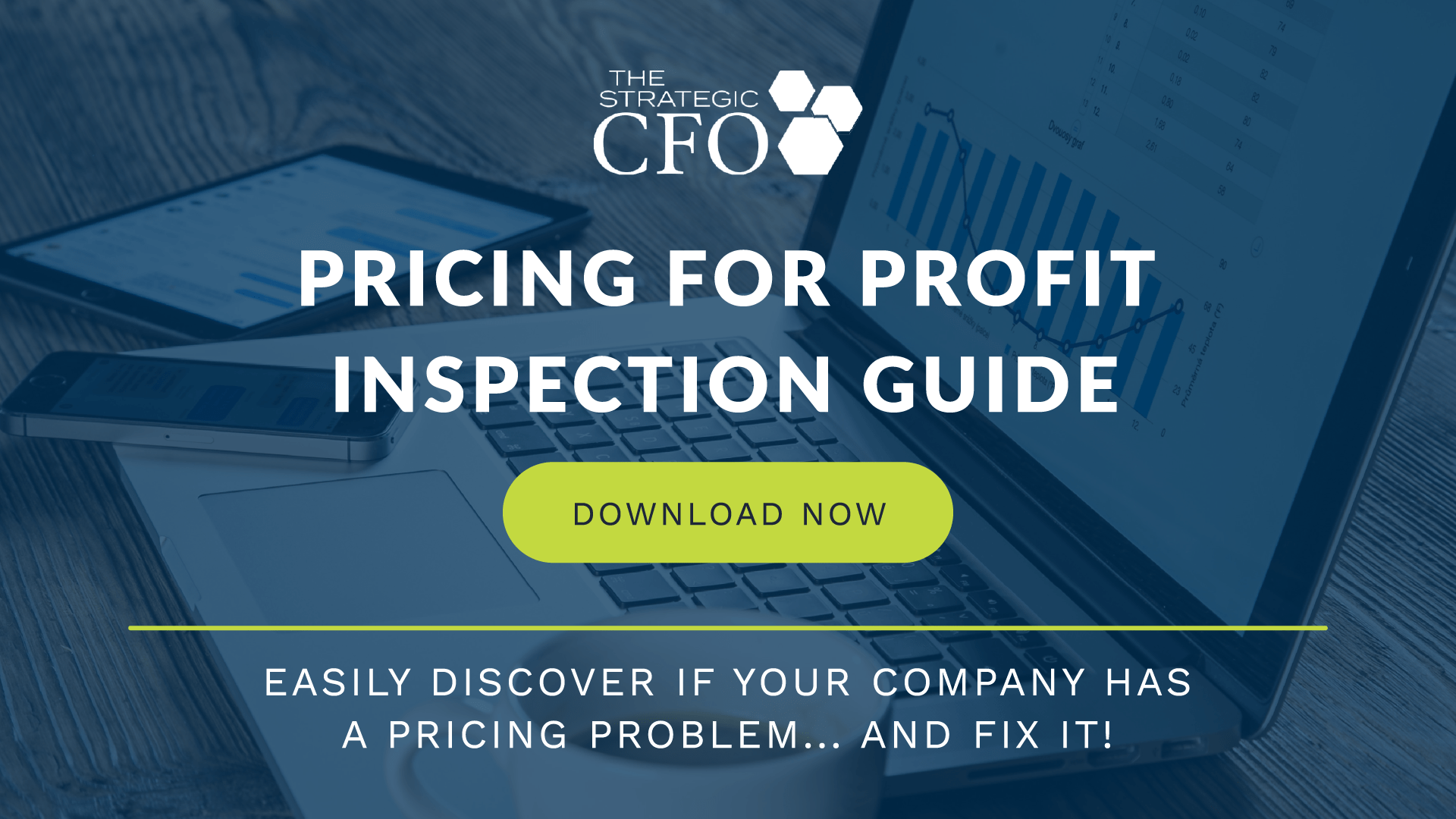Segmenting Customers for Profit Process
Market segmentation is the process of dividing up the total market based on identifiable characteristics, which have common needs. You can also apply the concept of market segmentation to your customers. For example, you can segment your customers based on the cost to service, the size of the average sale or the number of transactions.
Though segmenting customers for profit or customer segmentation is a simple concept, it is not simple to implement in any meaningful way. The difficult part is identifying the various segments so that you can identify profitable customers versus those that can cost you time and money.
Customer Segmentation – Vertical or Horizontal
Customers may be segmented either horizontally or vertically.
Horizontal segmentation is where you divide customers by industry, geographic location or revenue size.
Vertical segmentation is where you might sell numerous services or products to just one particular type of customer.
For example, you might sell to customers in the construction industry numerous products, such as, steel, lumber and doors to that customer. Though segmenting customers based on market characteristics is useful, you might also segment your customers based on servicing characteristics (i.e.: size of order number of transactions or total sales volume).
Profitability Analysis By Customer
Once you have identified the various segments that apply to your customers you then perform a profitability analysis by customer. Take your annual sales by customer and break it out into various segments. Identify any patterns or relationships which might indicate opportunities for improvement. For example: a large number of small customers or concentration of large ones.
Customer Profitability Analysis
Next, perform a customer profitability analysis by subtracting your estimated relative cost to service from the revenue for the various segments. Estimating the cost to service may be done in general terms on a scale of one to five or in specific terms using activity-based costing. By relating your cost to service to your revenue streams, you can often identify “profit drains” that can be restructured. This restructuring might involve raising prices on select customers, implementing price discounts, sales incentives or firing customers.
If you want to learn how to price for profit, then download our Pricing for Profit Inspection Guide.

Access your Strategic Pricing Model Execution Plan in SCFO Lab. The step-by-step plan to set your prices to maximize profits.
Click here to access your Execution Plan. Not a Lab Member?
Click here to learn more about SCFO Labs

Recommended reading: The Strategy and Tactics of Pricing, Fourth Edition, by Thomas T. Nagle and John E. Hogan
See Also:
Segment Margin
Activity Based Costing vs Traditional Costing
Implementing Activity Based Costing
Profitability Index Method
Net Profit Margin Analysis
Gross Profit Margin Ratio Analysis










